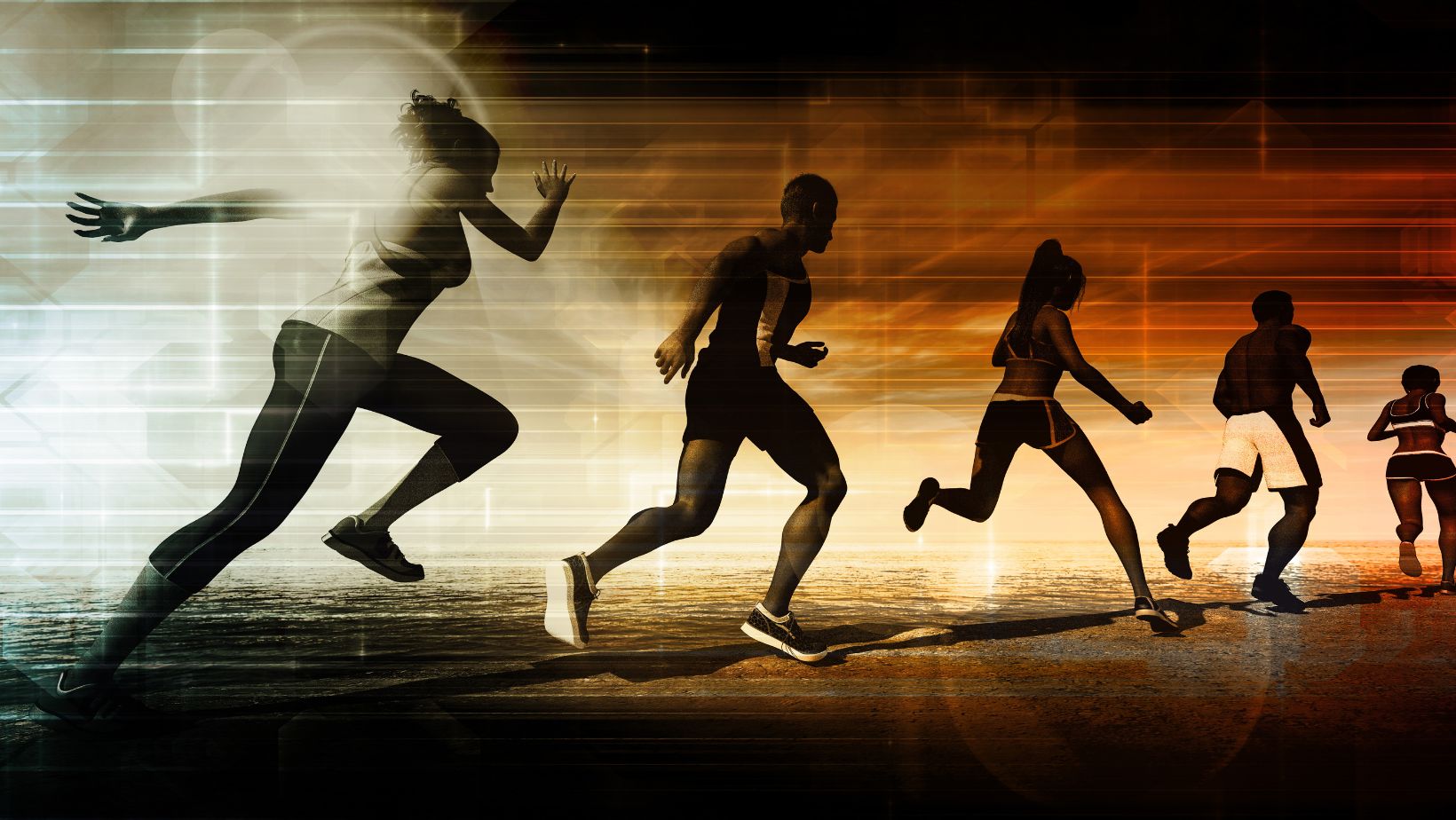
Sports technology labs have become the backbone of innovation in athletic performance and sports medicine, marking a significant shift in how athletes train, compete, and recover. These specialized facilities are equipped with cutting-edge tools and technologies designed to push the boundaries of what’s possible in sports science. From biomechanical analysis systems to advanced recovery solutions, they offer athletes the edge they need to excel.
At the heart of these labs, researchers and technologists work tirelessly to develop new methodologies and devices that enhance athletic performance while minimizing injury risks. They employ a range of state-of-the-art equipment including motion capture technology, wearable sensors, and virtual reality platforms to simulate real-world conditions and gather precise data on an athlete’s performance metrics.
Sports Technology Labs
The Early Days: From Stopwatch to Software

The journey of sports technology labs began with the simple stopwatch, an essential tool for measuring athletes’ performance accurately. These early days were characterized by manual efforts in data collection and analysis, relying heavily on human observation and basic mechanical devices. Innovators in sports science used rudimentary tools to break down the barriers of human performance, seeking ways to enhance athletic capabilities through meticulous training regimes and equipment design.
With time, these labs evolved, incorporating more sophisticated technologies. The shift from analog to digital marked a significant milestone, introducing software that could capture precise data about an athlete’s speed, agility, and overall physical condition. This era saw the birth of motion capture systems and heart rate monitors, which provided deeper insights into the biomechanics of sport. Sports technology labs became centers where science met athleticism, offering customized solutions based on empirical evidence rather than guesswork.
The Digital Revolution: How Modern Technology Transformed Sports

The digital revolution has propelled sports technology labs into the future. Today’s facilities are equipped with cutting-edge technologies like wearable sensors, GPS tracking systems, and advanced analytics software that can process vast amounts of data in real-time. These tools offer unprecedented insights into athlete performance and health metrics.
- Wearable Sensors: Provide continuous monitoring of vital signs and biomechanical movements.
- GPS Tracking Systems: Track an athlete’s position and movements across the field or track with remarkable accuracy.
- Advanced Analytics Software: Analyzes collected data to identify patterns, predict outcomes, and recommend training adjustments.
The Role of Sports Technology Labs
Enhancing Athlete Performance
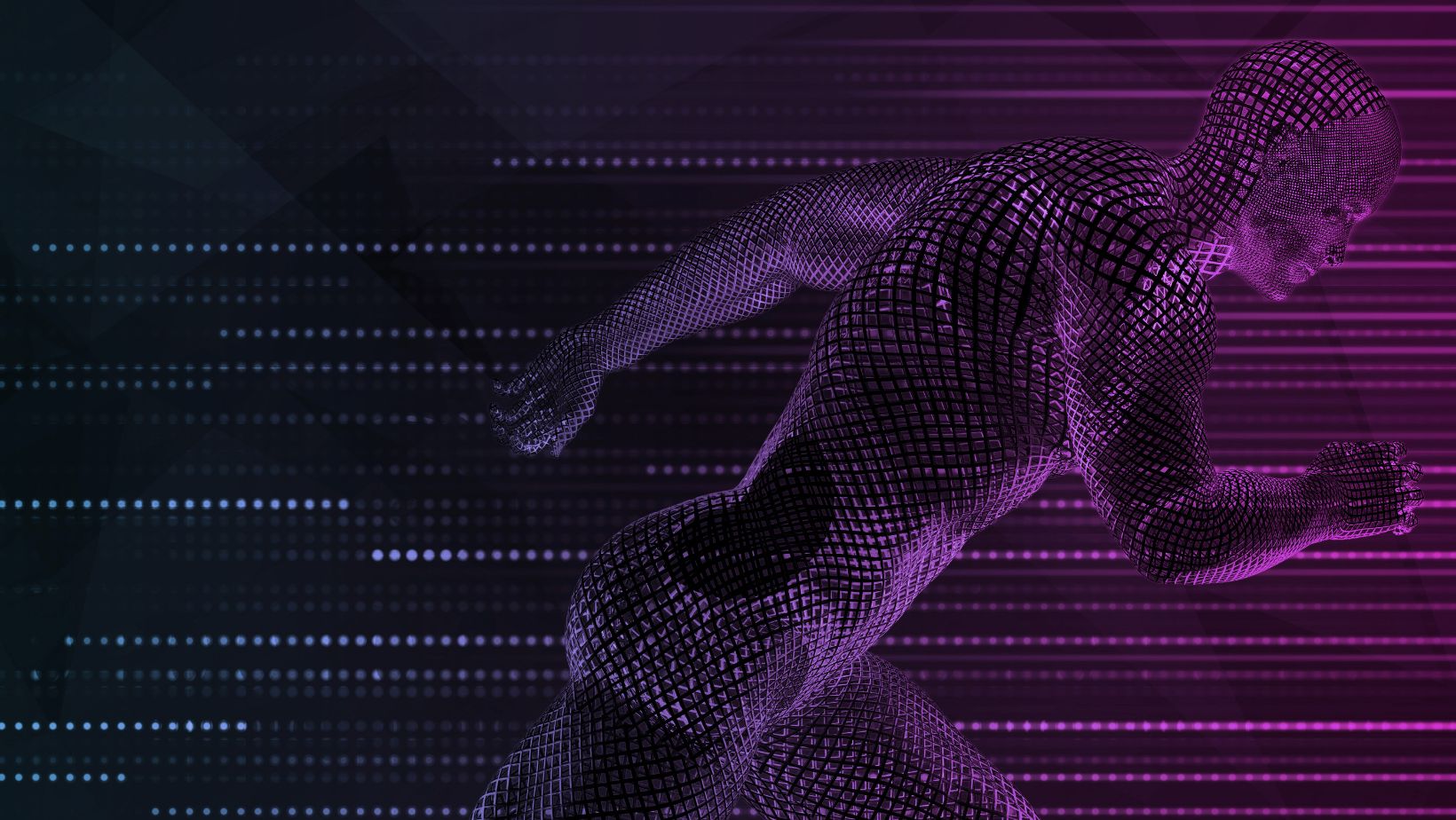
Sports technology labs play a pivotal role in pushing the boundaries of what’s possible in athletic performance. Through the integration of cutting-edge technologies, athletes can fine-tune their skills, improve their physical condition, and shatter previously set records. High-speed cameras and motion sensing technologies allow for a detailed analysis of an athlete’s movements, identifying even the minutest inefficiencies that could be corrected for enhanced performance.
Wearable tech further contributes by monitoring vital signs and biomechanics during training sessions. This data is invaluable as it provides real-time feedback to both athletes and coaches, enabling adjustments on-the-fly to optimize training effectiveness. For instance, tracking an athlete’s heart rate variability (HRV) can offer insights into their recovery state, ensuring they’re not overtraining or undertraining.
Injury Prevention and Recovery
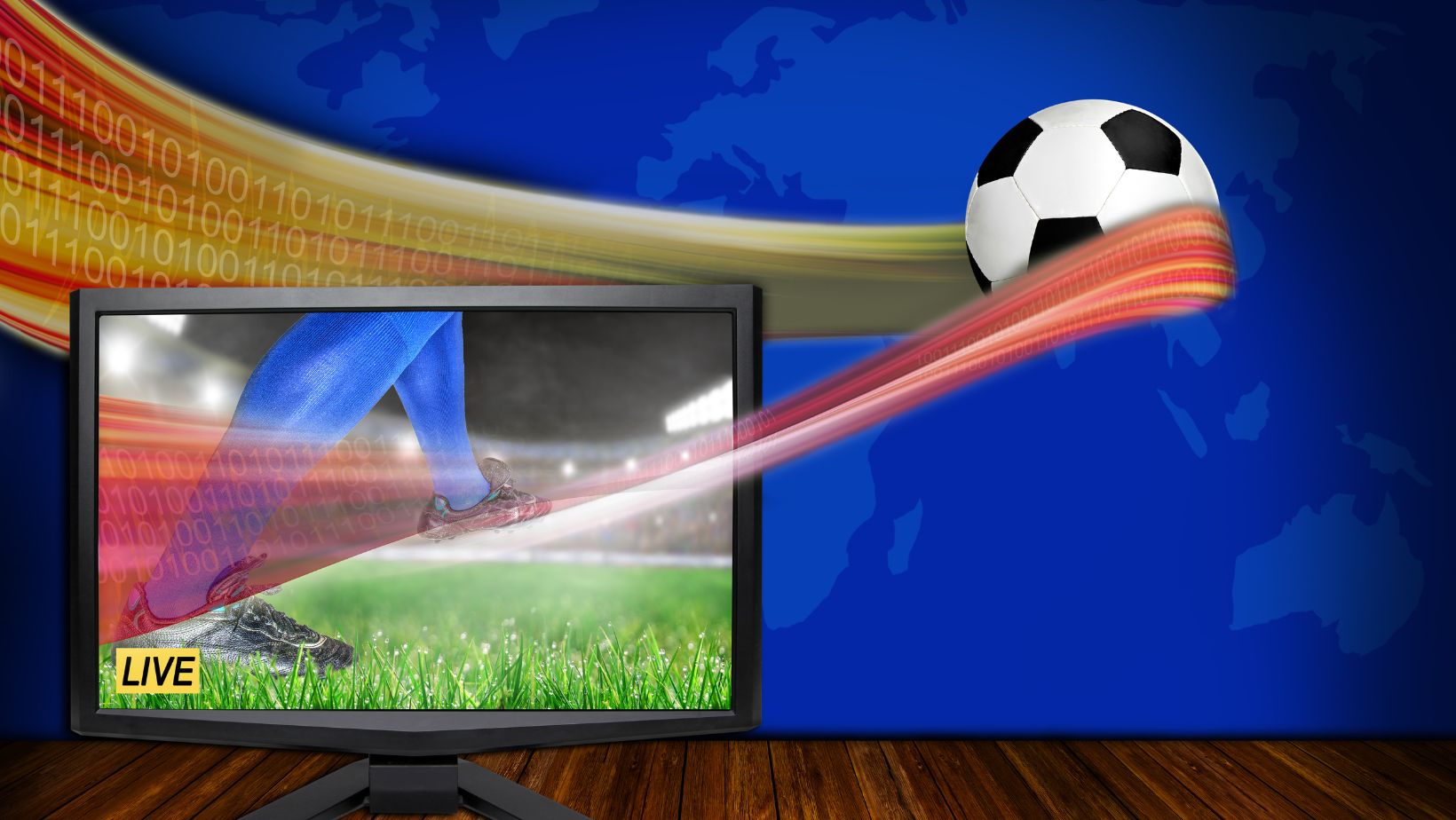
The advent of sports technology labs has heralded significant advancements in injury prevention and recovery protocols. By leveraging biomechanical analysis, these labs identify potential risk factors for injuries specific to each athlete’s body mechanics and sport. Customized training programs are then developed to strengthen vulnerable areas, reduce injury risk, and enhance overall resilience.
Recovery from injuries has also seen remarkable improvements thanks to sports technology labs’ innovations. Cutting-edge equipment like cryotherapy chambers and pneumatic compression devices speed up recovery times significantly by reducing inflammation and enhancing blood flow to injured areas.
Data Analytics in Sports Strategy

In today’s competitive sports landscape, data analytics provided by sports technology labs have become a game-changer in strategizing for success. Through comprehensive data collection and analysis—ranging from player performance metrics during games to predictive modeling of opponent strategies—coaches can make informed decisions that could be the difference between winning or losing.
Sophisticated software tools analyze vast amounts of data almost instantaneously, offering insights into trends that wouldn’t be apparent otherwise.
Cutting-Edge Innovations from Sports Technology Labs
Wearable Tech: Monitoring in Real-Time
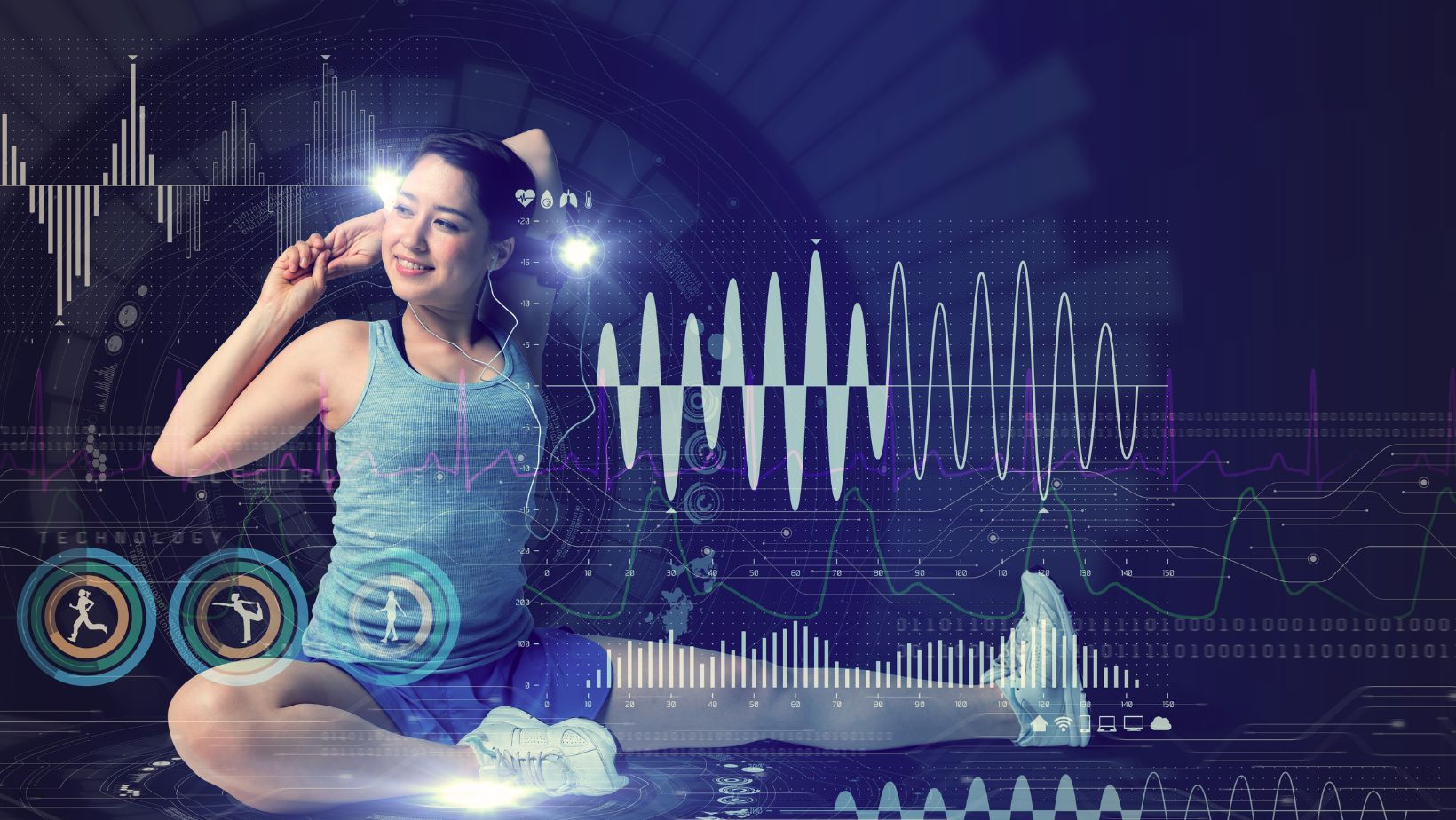
Sports technology labs have revolutionized the way athletes train and perform, thanks to wearable tech. These devices collect data on heart rate, sleep patterns, and physical exertion levels in real-time, allowing for personalized training programs. For instance, GPS-enabled wearables track an athlete’s speed and distance covered during a session, offering insights that were previously unattainable without sophisticated equipment.
- Heart Rate Monitors: Track cardiovascular health and stress levels.
- Sleep Trackers: Assess recovery by monitoring sleep quality.
- Performance Wearables: Measure muscle activity and biomechanical feedback.
The impact of wearable tech extends beyond individual training. Teams now use this data to optimize performance strategies, reducing injury risks and enhancing player longevity. A notable example is the use of smart fabrics that monitor muscle vibrations to predict potential strain injuries before they happen.
Virtual Reality: Immersive Training Environments
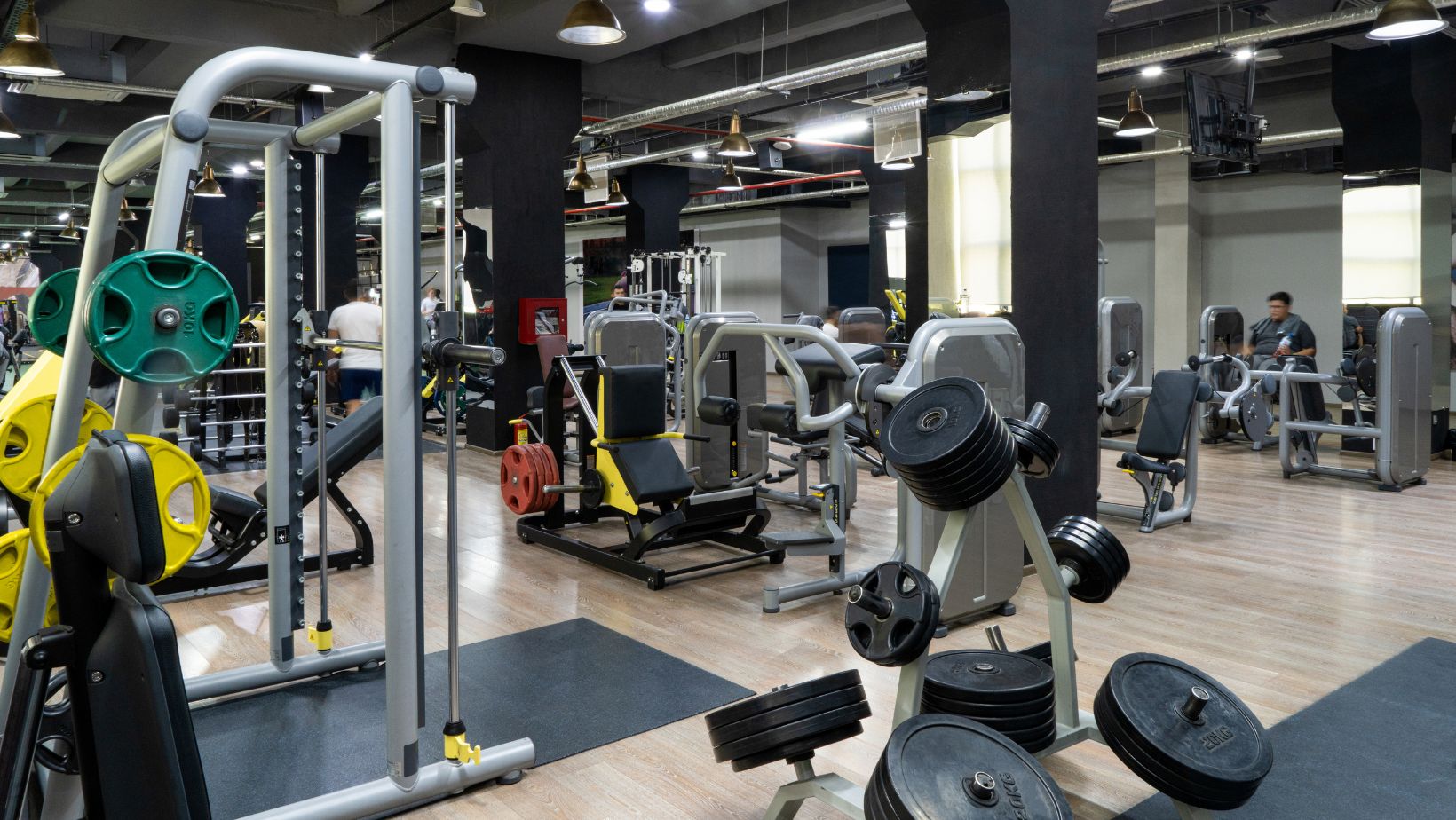
Virtual reality (VR) has taken sports training into a new dimension. By creating immersive environments, athletes can simulate specific scenarios relevant to their sport without the physical risks associated with real-world practice. This technology allows for repetition and analysis in ways traditional methods cannot match.
- Cognitive Training: Enhances decision-making skills under pressure.
- Skill Development: Allows for repeated practice of specific maneuvers.
- Injury Rehabilitation: Provides a safe space for recuperating athletes to regain strength and confidence.
Biomechanics: The Science of Sports Movements
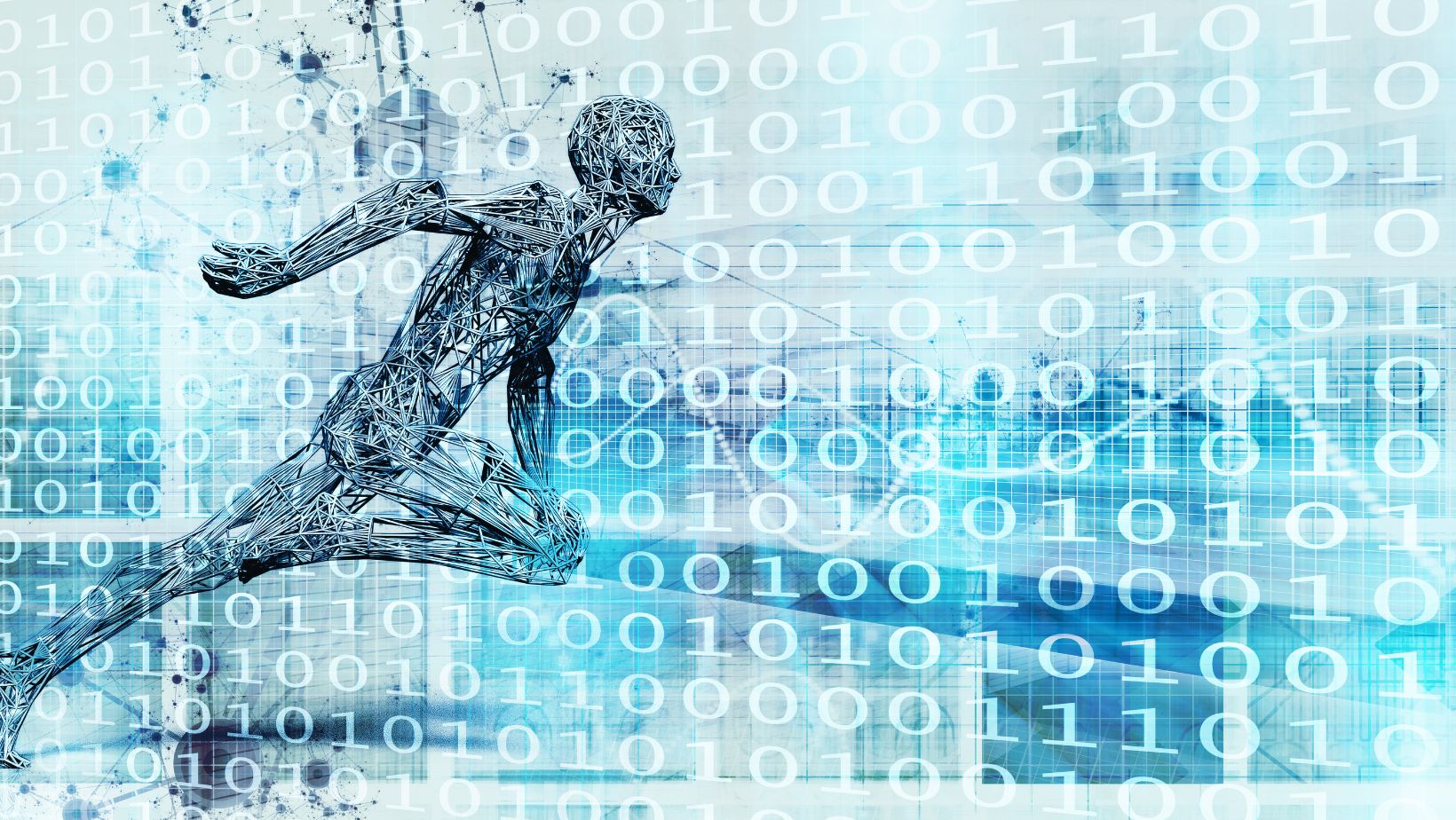
Biomechanics plays a pivotal role in understanding how athletes move and how those movements can be optimized for peak performance or injury prevention. Sports technology labs leverage high-speed cameras alongside force plates and motion sensors to analyze every aspect of an athlete’s performance from takeoff to landing.
Key areas include:
- Gait Analysis: Identifies inefficiencies in movement patterns.
- Force Measurement: Quantifies the power behind each action.
- Injury Prevention Strategies: Develops tailored exercises based on biomechanical data.
Such detailed studies have led to groundbreaking innovations like customized footwear designed to enhance an athlete’s natural movement while minimizing injury risk. Runners benefit significantly from such advancements as they rely heavily on optimal gait patterns for efficiency and speed.
The Impact on Different Sports
How Technology Labs Are Changing Football, Basketball, and Athletics
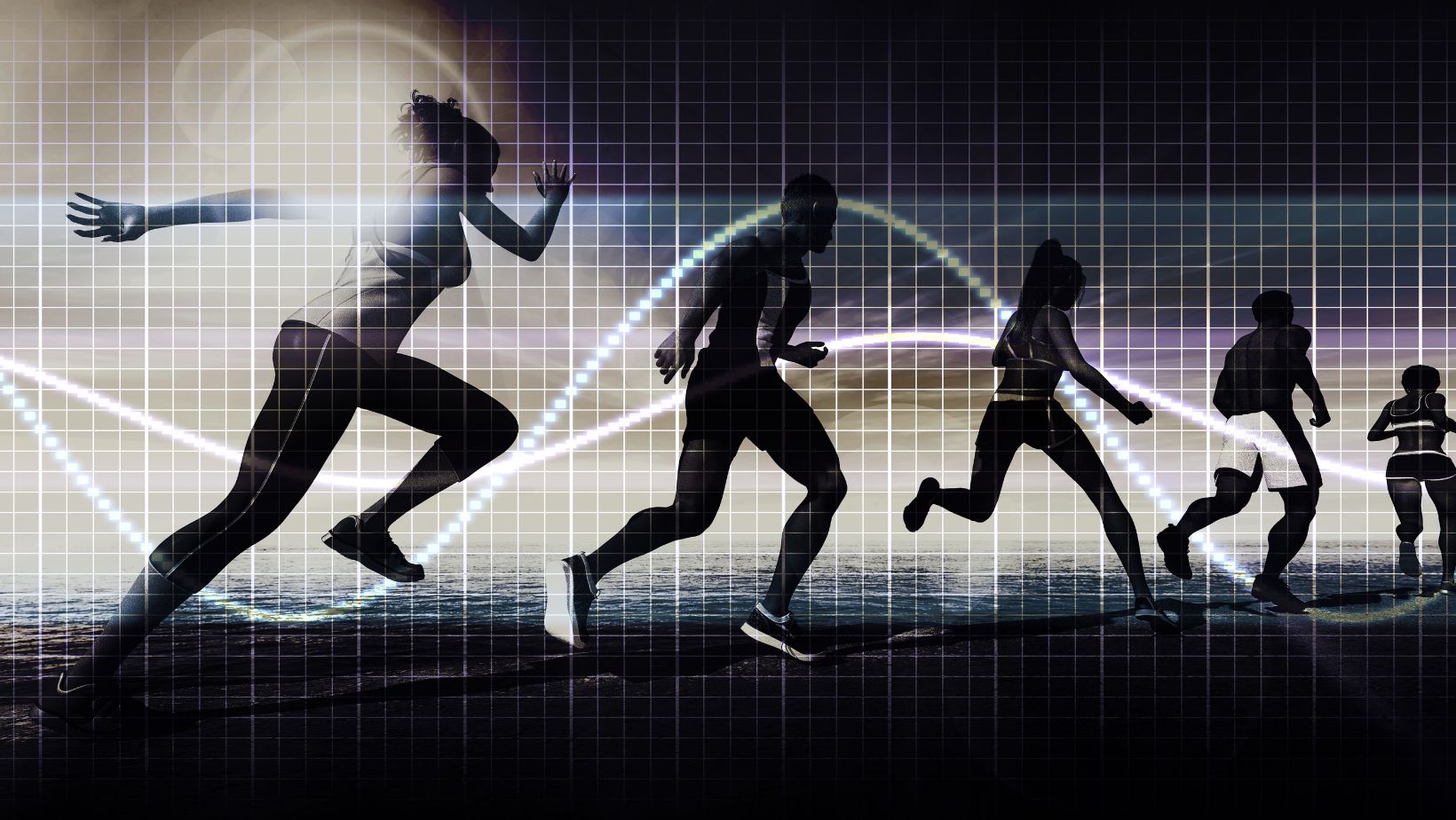
Sports technology labs are revolutionizing the way we understand and enhance athletic performance. In football, these advancements have led to better injury prevention strategies and recovery processes. Wearable tech like GPS vests tracks player movements during games and practices, giving coaches real-time data on player workload and fatigue levels. This information is pivotal in tailoring training sessions to maximize performance while minimizing injury risks.
Basketball has seen similar benefits from sports technology labs. Player tracking systems in arenas capture every movement, providing insights into player efficiency and team dynamics that were previously unattainable. Coaches can analyze this data to optimize play styles and strategies, ensuring that players are in the right position at the right time.
The Future of Lesser-Known Sports Through Innovation

The impact of sports technology labs extends beyond mainstream sports; it’s also sparking a revolution in lesser-known sports through innovation. Take archery as an example: sensors attached to bows measure tension levels, providing athletes with feedback on their shooting technique which can be used to hone their skills further.
In fencing, electronic scoring systems have made competitions more transparent by accurately detecting touchpoints. This reduces human error in scoring while making matches easier for spectators to follow.
The Ethical Considerations
When exploring the realm of sports technology labs, we delve into a landscape where innovation and performance enhancement meet. Yet, as we navigate through these advancements, ethical considerations arise, demanding our attention and discernment.
Fairness and Accessibility

Sports technology labs have revolutionized how athletes train, recover, and compete. However, this evolution brings forth questions of fairness and accessibility. Not all athletes or teams have equal access to these cutting-edge technologies due to financial constraints or geographical limitations. This discrepancy can widen the gap between the wealthy and less affluent teams or individuals.
- Cost: Advanced equipment and training methods developed in sports technology labs often come with a hefty price tag.
- Location: Being situated in tech hubs or affluent regions can limit who has direct access to these innovations.
- Resources: The disparity in resources among different sporting organizations affects their ability to invest in these technologies.
The Debate on Technological Doping

Another contentious issue surrounding sports technology labs is the concept of technological doping. This term refers to athletes gaining an unfair advantage through advanced equipment rather than physical prowess or skill alone. Examples include high-tech swimsuits reducing drag in water significantly more than traditional materials or custom-engineered running shoes designed to enhance performance beyond natural limits.
- Regulation Challenges: Governing bodies struggle with drawing clear lines around what constitutes an unfair advantage.
- Innovation vs Integrity: There’s a delicate balance between encouraging innovation for improvement and maintaining the integrity of sport.



